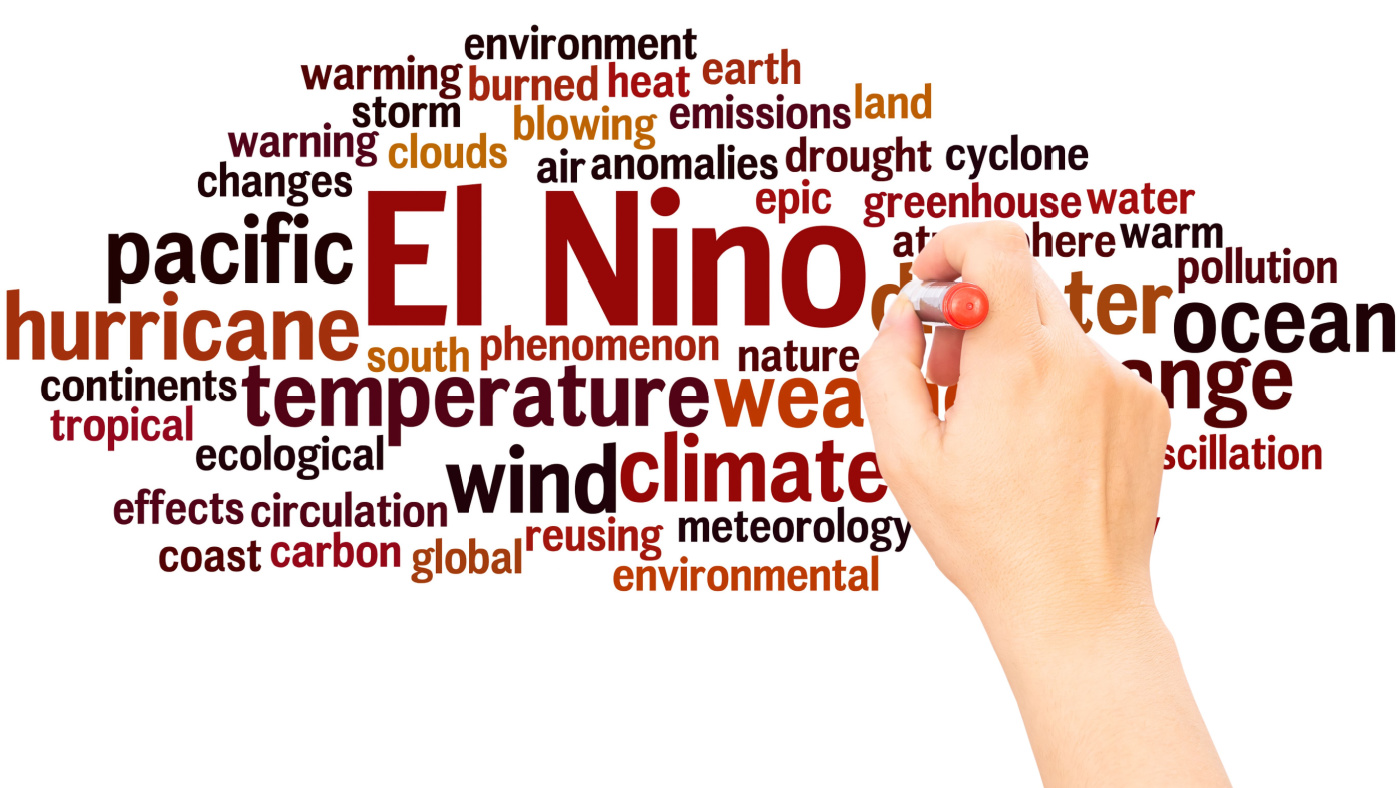El Nino, the predominant theme within the National Oceanic and Atmospheric Administration’s winter weather outlook for this upcoming season. Translated, that usually means milder, drier weather in the nation’s northern third half and wetter and cloudier conditions in the southern tier of the country. However, what are the potential impacts of El Nino on agriculture during the winter months? USDA Meteorologist Brad Rippey starts with western water supplies for irrigation, where water storage was boosted by last winter’s significant precipitation accumulation. However…
Some of the biggest reservoirs, especially those in the Colorado River Basin in the Rio Grande, remain critically low following a generation of drought going back 20 to 25 years or more.
And El Nino could lead to drier than normal conditions in parts of the Pacific Northwest.
We’ll have to keep an eye on the Columbia River Basin and some of the smaller waterways in the Northwest for potential signs of developing drought or intensifying drought.
El Nino also usually has favorable impacts on winter wheat.
We do sometimes see warmer and drier than normal conditions in the northern production areas especially say Montana and into South Dakota. However, without the significant cold outbreaks that sometimes come with winter that often helps the winter wheat health even in the absence of significant snowfall while in the southern plates. Wheatbelt El Nino often leads to a wetter than normal winter and that is typically positive for winter wheat outcomes. And so overall, the El Nino prospects for winter wheat tends to be favorable for the United States regarding livestock. The warmer and drier conditions across the north tend to be a positive.
Yet Rippey reminds us that despite the overall conditions of El Nino, there are weather system anomalies such as recent Northern Plains snow storms.
So it doesn’t mean a clean path with warm dry conditions. But it does mean that if you look at the overall cold season as a whole, it tends to be a little bit easier than normal across the north.


